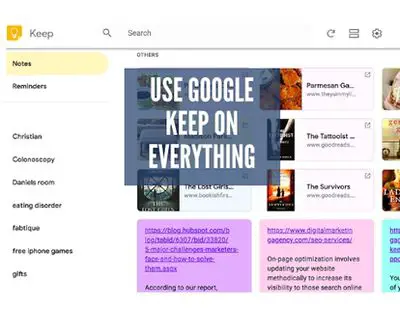
You can open any plain text files, do advanced interlinking between your notes, write custom code, create knowledge bases, store various data, use backlinks/outgoing links, and more. With Obsidian, you don’t just take notes.

Users who prefer to keep their notes clearly organized in different sections. While OneNote is very handy to use for jotting down notes from scratch, Evernote is a better choice when you need to grab, analyze, and organize content from the web. If you need an app for groceries or random ideas to remember later, you will not need an advanced app like Obsidian. OneNote mobile on iOS is free for the first 500 notes, but if you have more than that, you’ll have to pay 5 for the iPhone version or 15 for the iPad. Ultimately, deciding whether to use OneNote or Evernote depends on what features you’re looking for. When it comes to pricing, OneNote is the better choice. This kind of app addresses either developers or professionals who want to keep all their things in one place and connect multiple files together (like knowledge bases). Compared to OneNote’s 5GB, you get 15GB of free storage, similarly shared across all the apps on your Google account. While Bear is available only for Apple devices, Obsidian works on Windows and Android, too. The display is particularly attractive when you scroll through a notebook, with the list of notes in the notebook. Evernote offers a wealth of third party integration and mature applications on every platform, while OneNote has a strong heritage of handwriting support.

Obsidian is a Markdown note-taking app, similar to Bear, but with more focus on creating connections between your notes. I find Evernote to be more visually compelling than OneNote on the iPad and Mac.


 0 kommentar(er)
0 kommentar(er)
